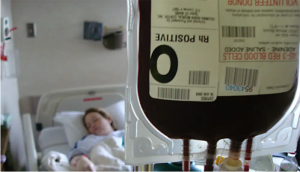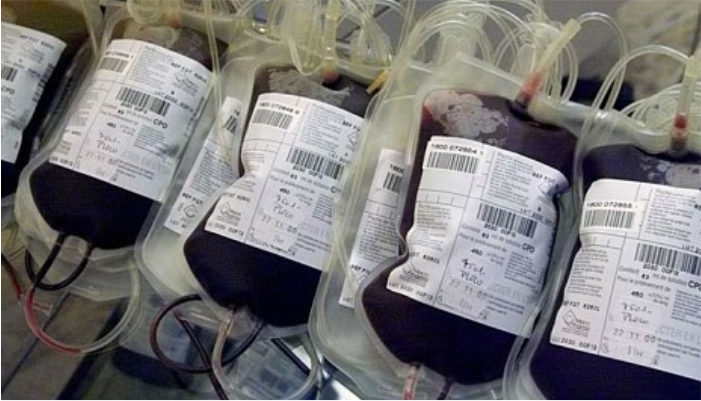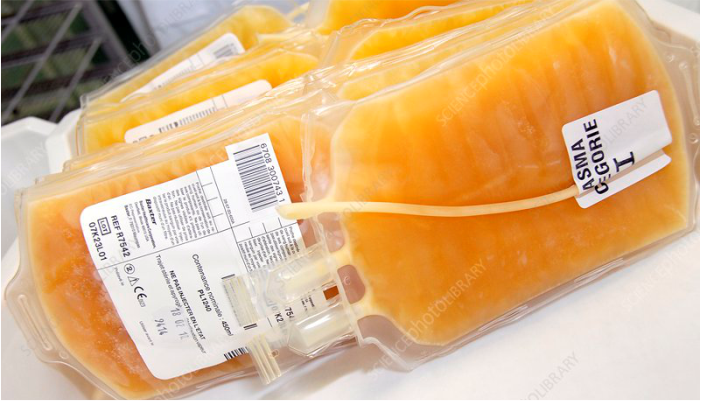Blood Transfusions in Trauma and Emergency Situations

Emergency Blood Transfusions
In critical emergencies where delay can cost lives, standard transfusion protocols must be adapted. These emergency situations—such as massive trauma or hypovolemic shock—require fast decision-making, and safety procedures like full crossmatching may be bypassed to save time.
In this context, “blood” usually refers to packed red blood cells (PRBCs). While whole blood can be effective, it’s rarely available. For trauma cases, PRBCs combined with plasma expanders are the most practical option and are as effective as whole blood based on clinical experience.
🚨 Emergency Transfusion Protocols Based on Time Availability
1. ⏱ Immediate Need – No Sample Available
- Issue O Rh-negative PRBCs immediately.
- Collect a blood sample as soon as possible.
- If O Rh-negative blood is limited, switch to O Rh-positive PRBCs, especially for male or postmenopausal female patients.
- Once blood type is known, issue type-specific units.
- Risk: Compatibility cannot be guaranteed—administered at the physician’s discretion in life-threatening scenarios.
2. ⏱ Blood Needed in 5–10 Minutes – Sample Available
- Issue type-specific blood without crossmatching.
- If type-specific blood is not ready, issue O Rh-negative PRBCs.
- Follow up with type-specific units once available.
- Understand the increased risk of incompatibility when bypassing crossmatch.
3. ⏱ Blood Needed in 15–30 Minutes
- There may be enough time for an immediate spin or electronic crossmatch.
- Antibody screen may not be completed initially.
4. ✅ Post-Emergency Follow-Up
- Complete crossmatch and antibody screen after the emergency has stabilized.
- Physician in charge should document any deviation from standard protocol in the patient’s chart.
- Use an emergency release form to justify urgent transfusions—many hospitals require this for legal and safety reasons.
5. 💡 Best Practices & Additional Considerations
- Blood Bank and Emergency Department should create joint emergency policies.
- Cover sample identification, blood selection, and contingency plans for mass casualty events.
- Establish plans for blood shortages, and communicate clearly with ER staff.
- Always maintain a strict sample labeling protocol, even in emergencies.
- Remember: fibrin strands can form in clotted blood if left too long—process samples promptly.
- Avoid using all O Rh-negative units for one trauma patient. In some cases, it is clinically acceptable to switch to Rh-positive blood.
- These decisions must be documented by the Blood Bank physician along with names of approving staff.
📌 Summary
Emergency transfusion protocols require balancing time, safety, and resource availability. While life-saving, these fast-track measures come with inherent risks. Strong coordination between the Blood Bank and Emergency Department, backed by clear policies and documentation, is vital for patient safety.


